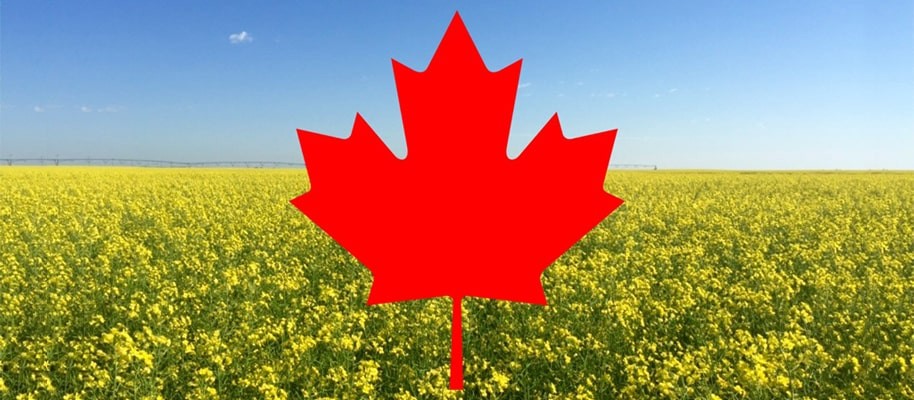Canada: Big crop dwindles amid heat and lack of rain

It’s a classic example of counting your chickens before they hatch. The hot weather in July and corresponding lack of rain has lowered yield expectations in many regions.
In my area of southwestern Saskatchewan, crops have been going backward for many weeks. While not abundant, rainfall had been timely and crops looked pretty good until the tap turned off and the thermometer hit 30 and even 35 plus for days on end.
On our farm, the first small field of maple peas has been combined. Combining a spring-seeded crop before Aug. 1 is never good, but I thought the field looked pretty decent given the conditions. It yielded only 20 bushels an acre. Some of the first lentils coming off in the area have similar results.
Twenty bushels an acre sucks when the potential in June was far greater. On the other hand, the crop is still a lot better than last year and for cow-calf producers, the feed supply is much more plentiful.
This is a dry region and most areas will have better results. Crops look heavy where early rainfall was plentiful. Some look absolutely splendid. However, you have to wonder if even the good-looking crops are going to fall short of expectations when the combines start rolling.
If you want backlash, predict a record crop in the midst of crop deterioration. Well-known agrologist Rob Saik found that out. After doing an extensive crop tour, he predicted a record wheat crop in Western Canada, after which he had numerous complaints from producers who were watching their crops shrivel.
Producers harbour the opinion that talk of big crops causes prices to drop. Actually, predicting a record harvest in Western Canada is likely to have little or no impact on a crop like wheat, where production in numerous countries around the world goes into the supply equation. This is especially true if the prediction doesn’t come from an official source.
The counting chickens before they hatch analogy goes beyond crop yields. Price is also involved. If your canola drops from 40 bushels an acre to 30, that’s a big hit.
Couple that with price expectations falling from $15 a bushel to $13 and now gross revenue has gone from $600 an acre down to $390. It’s the difference between profit and loss.
Many crops are seeing softening prices, even as yield expectations decline. Durum, barley and yellow peas are among the most affected.
On Aug. 28, Statistics Canada will release its model-based estimate of crop production. It’s a difficult task when crops range from very good to poor and no doubt pundits will complain that the StatCan estimates are either too high or too low.
The major railways rely on production estimates to allocate railcars, locomotives and workers and they actually deserve a bit of sympathy. It’s darn hard for CN and CPKC to know what to expect when they get mixed signals from the various observers.
Here’s what seems likely as harvest starts to gear up:
Some areas may have bumper crops, but it won’t be a record overall production.
Crop insurance payments are likely to be much less than those of 2023 and much lower than the widespread drought year of 2021.
Dropping grain prices will add to the misery of declining yield potential.
Livestock producers will have less trouble accessing feed compared to recent years.
A shortage of moisture is again posing a threat for next year.
Kevin Hursh is an agricultural journalist, consultant and farmer.
Read also
Wheat in Southern Brazil Impacted by Dry Weather and Frosts
Oilseed Industry. Leaders and Strategies in the Times of a Great Change
Black Sea & Danube Region: Oilseed and Vegoil Markets Within Ongoing Transfor...
Serbia. The drought will cause extremely high losses for farmers this year
2023/24 Safrinha Corn in Brazil 91% Harvested
Write to us
Our manager will contact you soon



